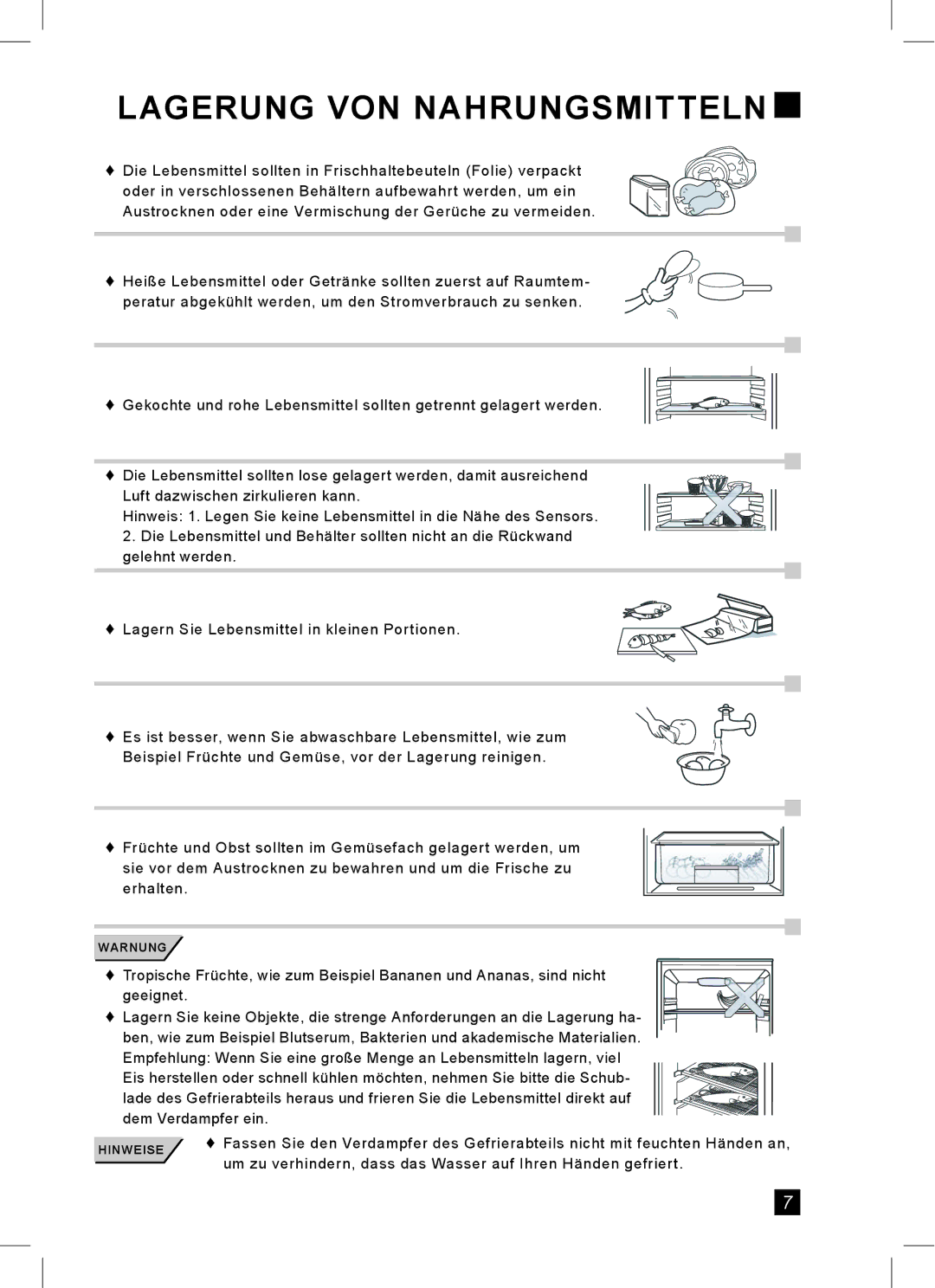RL24FCSW1/XEG, RL24FCAS1/XEG specifications
The Samsung RL24FCAS1/XEG and RL24FCSW1/XEG are top-of-the-line refrigerator models that combine cutting-edge technology with practical features to enhance the user experience. Designed with modern households in mind, these appliances prioritize efficiency, convenience, and style.One of the standout features of these models is the Twin Cooling Plus system. This technology utilizes separate cooling systems for the fridge and freezer compartments, ensuring optimal humidity levels and preventing the mixing of odors. As a result, fruits and vegetables stay fresher for longer, while ice and frozen food retain their original taste.
Energy efficiency is another hallmark of the RL24FCAS1/XEG and RL24FCSW1/XEG refrigerators. Both models are designed to be environmentally friendly, operating with lower energy consumption compared to conventional refrigerators. This not only helps in reducing electricity bills but also contributes to sustainability efforts.
Another key characteristic of these models is their spacious interior. With a flexible storage layout, users can easily organize food and beverages. Adjustable shelves, door bins, and dedicated compartments maximize the available space, making it easy to store everything from large grocery hauls to tall bottles.
The refrigerators also feature a sleek, modern design available in elegant finishes that can complement various kitchen interiors. The clean lines and minimalist aesthetic give these models a refined look, making them a stylish addition to any home.
For tech-savvy users, the Samsung Smart technology integration enables remote monitoring and control through a smartphone app. This feature allows users to adjust temperatures, receive alerts about door status, and even manage their energy consumption from anywhere, adding a layer of convenience.
In terms of safety, these models are equipped with features such as an optimal temperature alarm that alerts users if temperatures deviate from the ideal ranges. The multi-purpose use of drawers enhances organization, allowing for easier access and preventing food waste.
In summary, the Samsung RL24FCAS1/XEG and RL24FCSW1/XEG deliver a perfect blend of innovative technology, energy efficiency, and stylish design. With features like Twin Cooling Plus, smart technology integration, and spacious interiors, these refrigerators are crafted to meet the demands of modern living while ensuring food preservation and organization.

